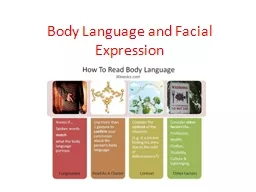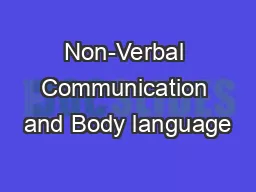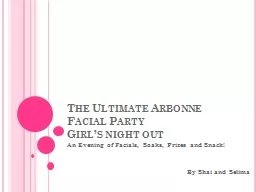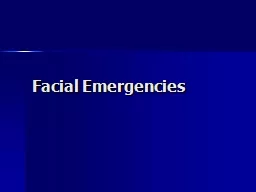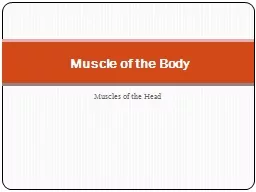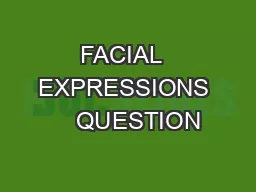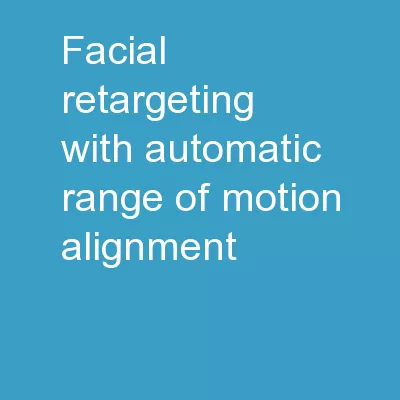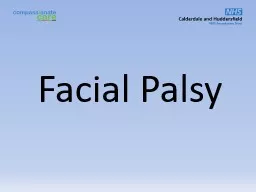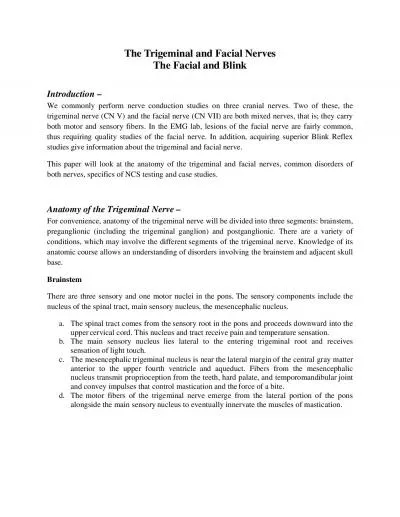PPT-Body Language and Facial Expression
Author : mitsue-stanley | Published Date : 2015-10-29
You have about 4 seconds to make a good first impression on those you come in contact with In the first four seconds people often make spectrum judgments about
Presentation Embed Code
Download Presentation
Download Presentation The PPT/PDF document "Body Language and Facial Expression" is the property of its rightful owner. Permission is granted to download and print the materials on this website for personal, non-commercial use only, and to display it on your personal computer provided you do not modify the materials and that you retain all copyright notices contained in the materials. By downloading content from our website, you accept the terms of this agreement.
Body Language and Facial Expression: Transcript
Download Rules Of Document
"Body Language and Facial Expression"The content belongs to its owner. You may download and print it for personal use, without modification, and keep all copyright notices. By downloading, you agree to these terms.
Related Documents

